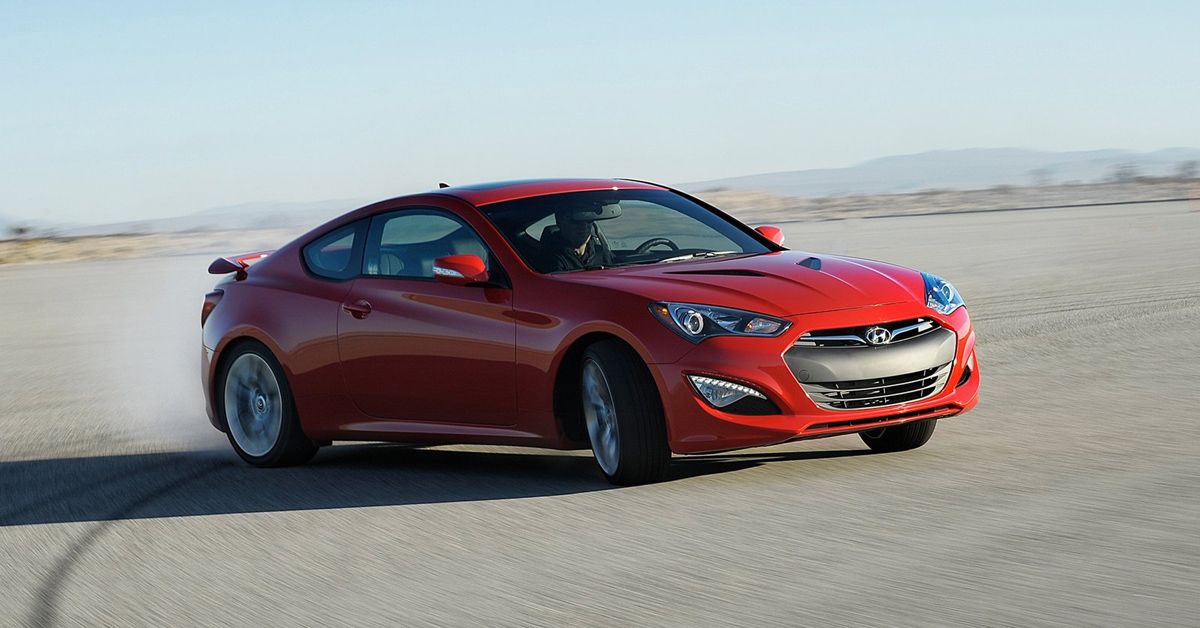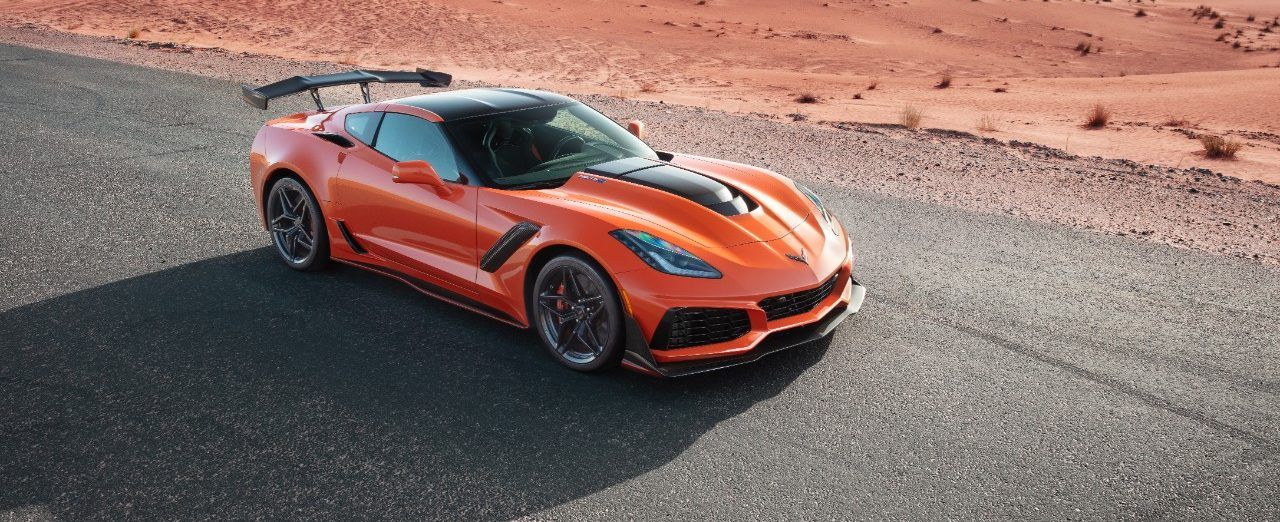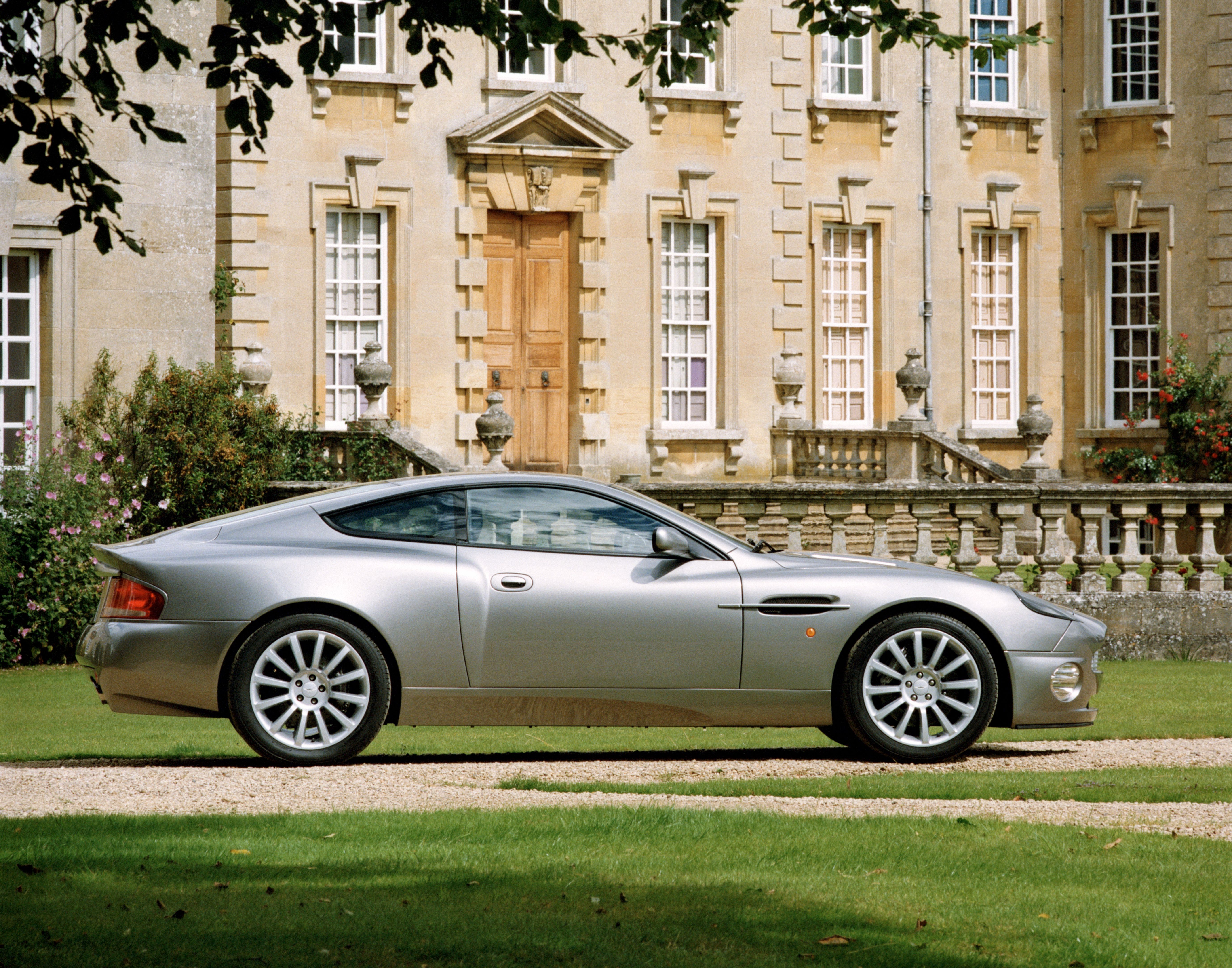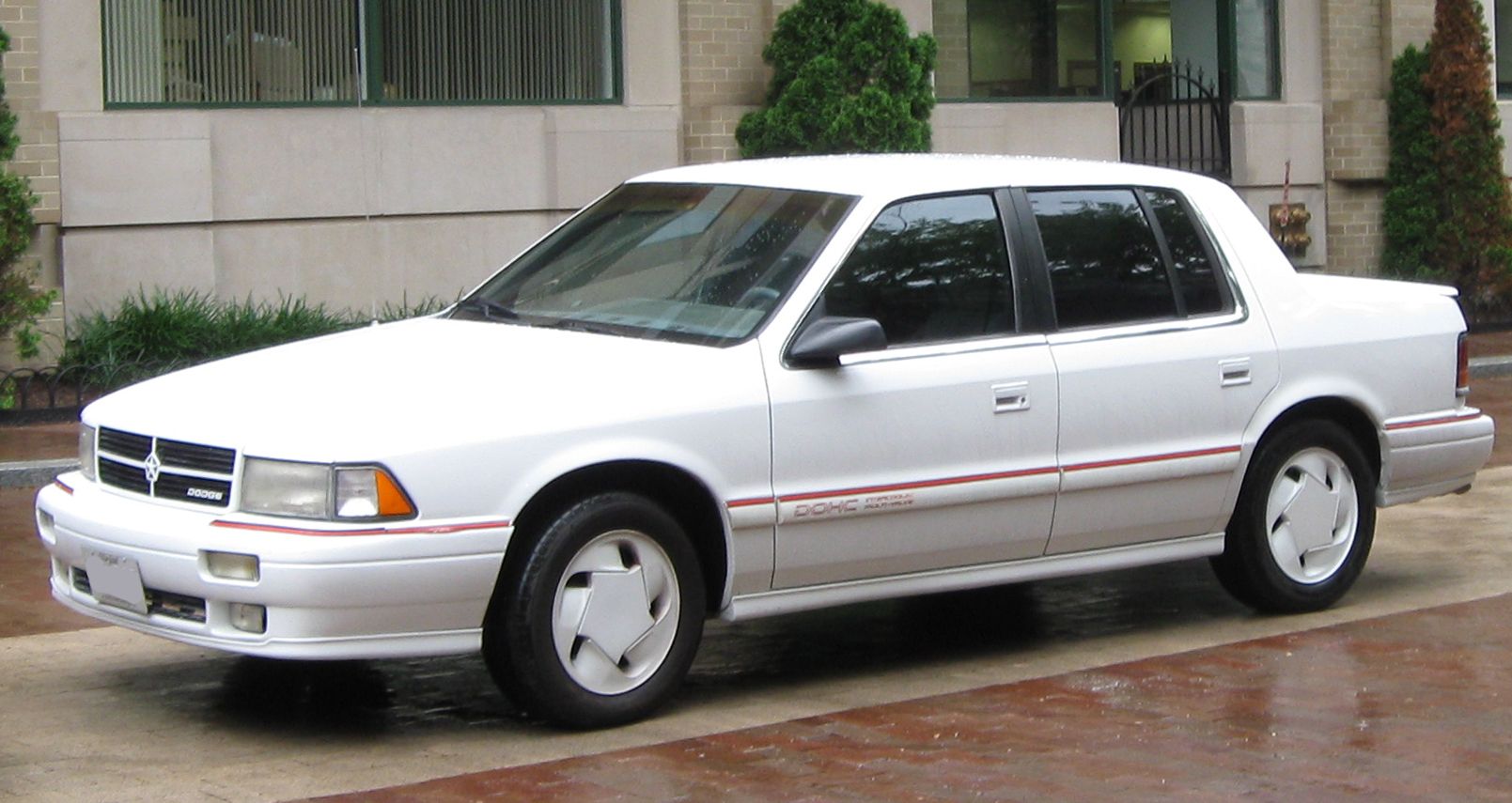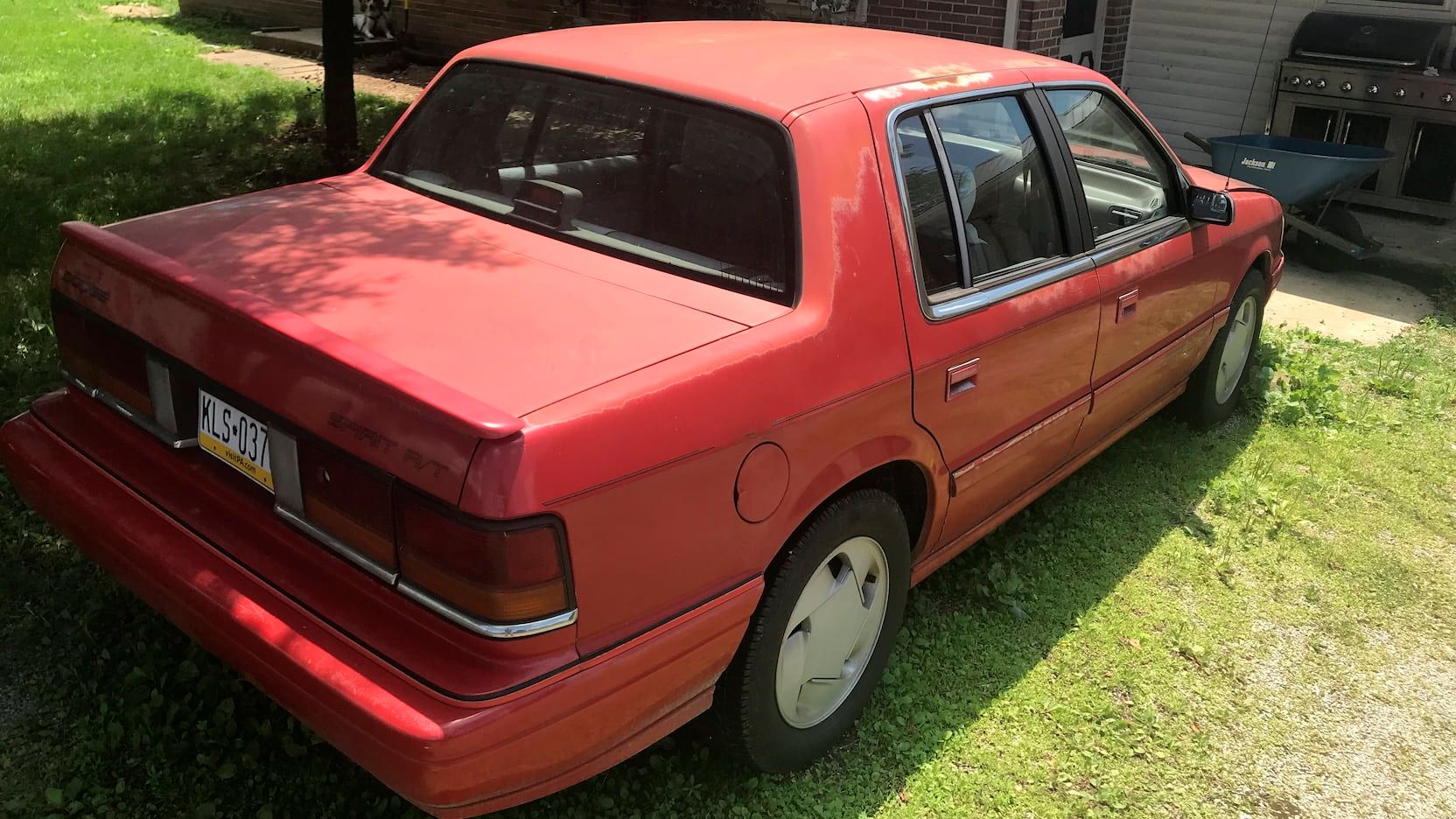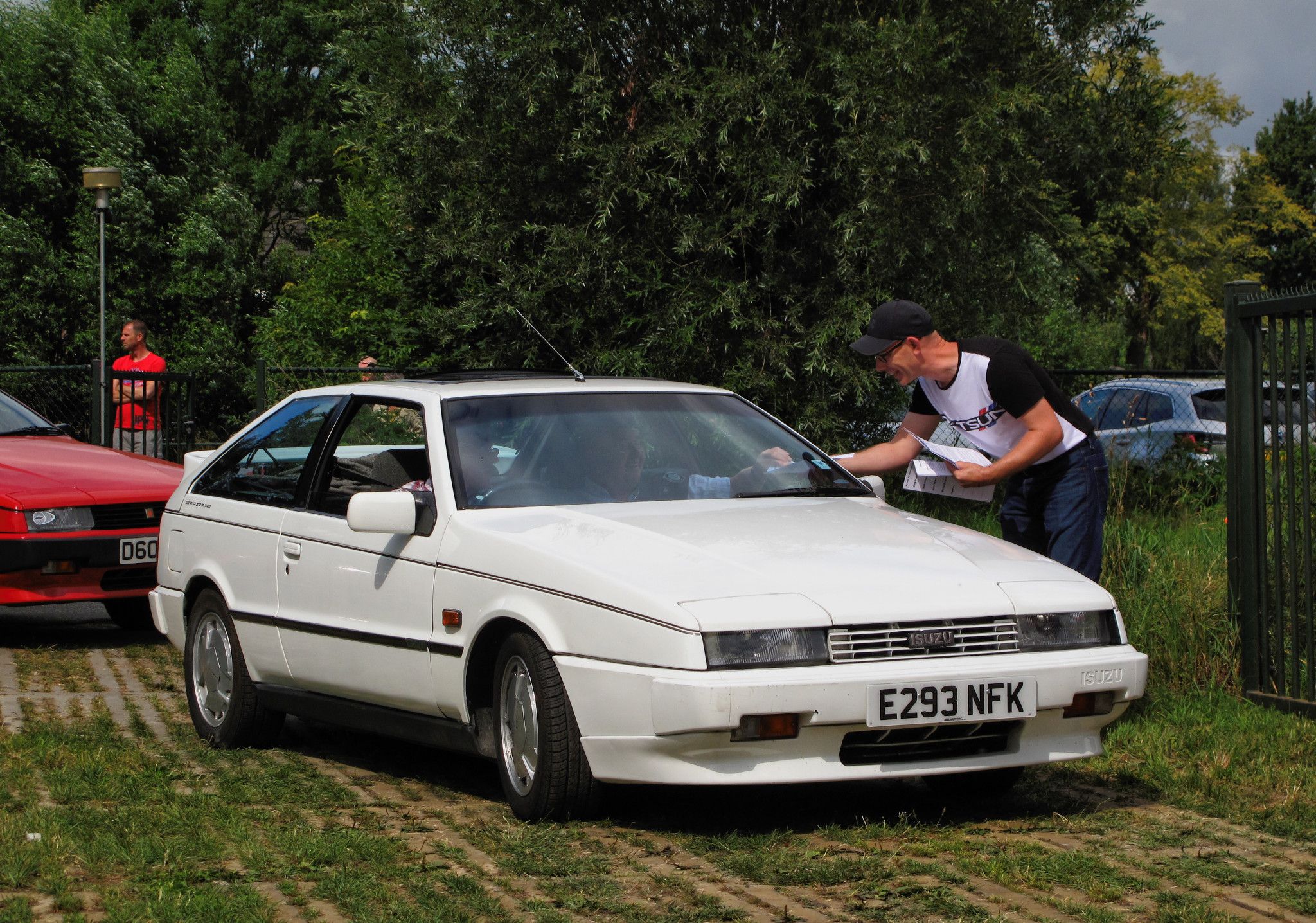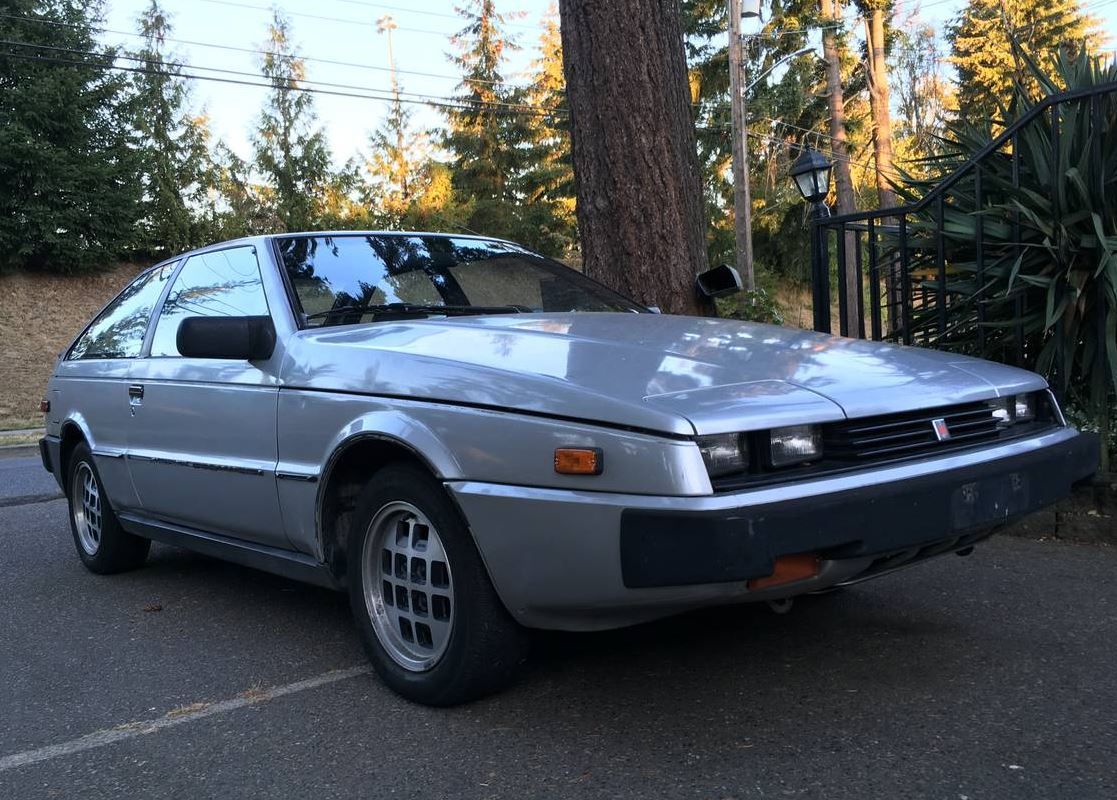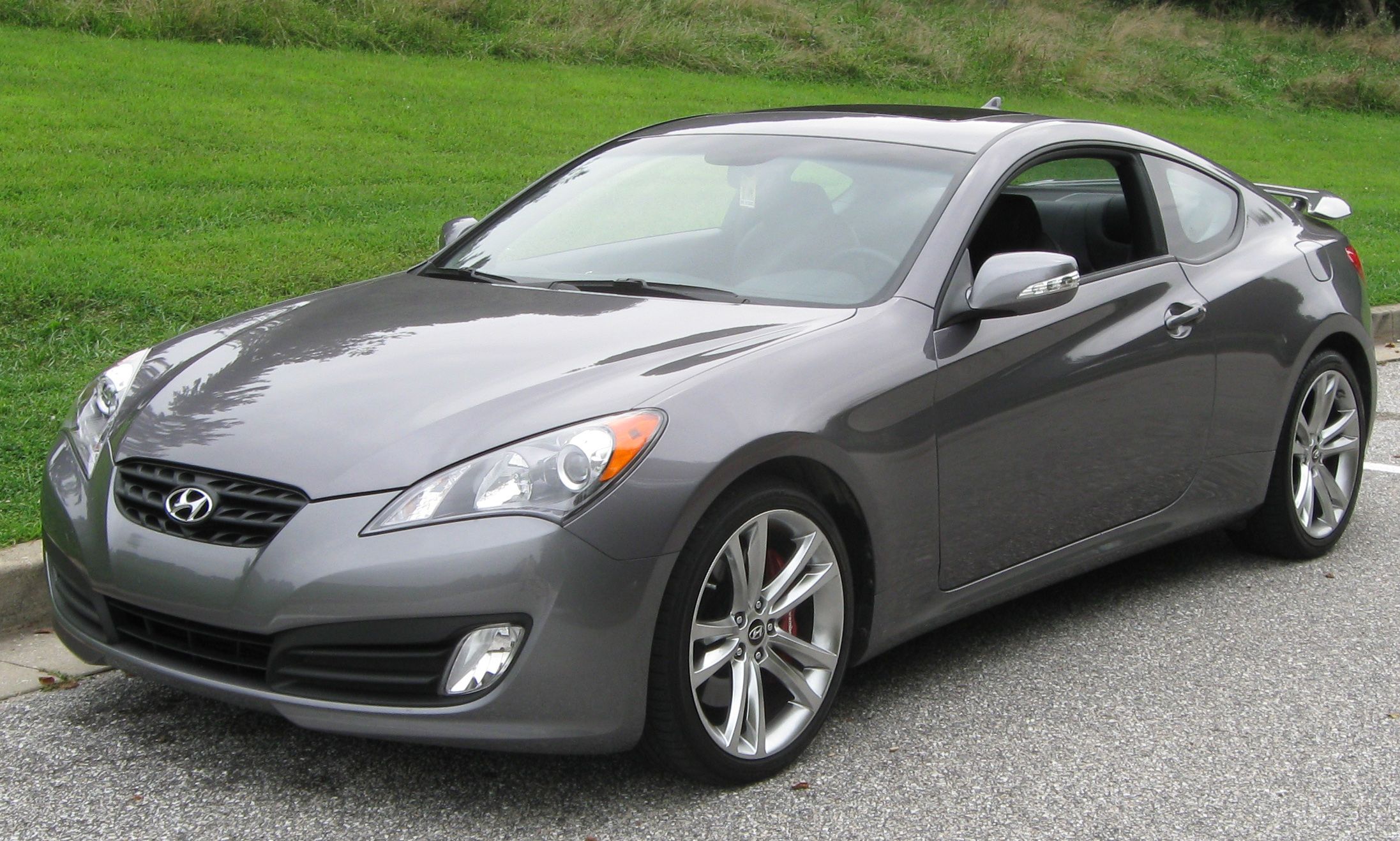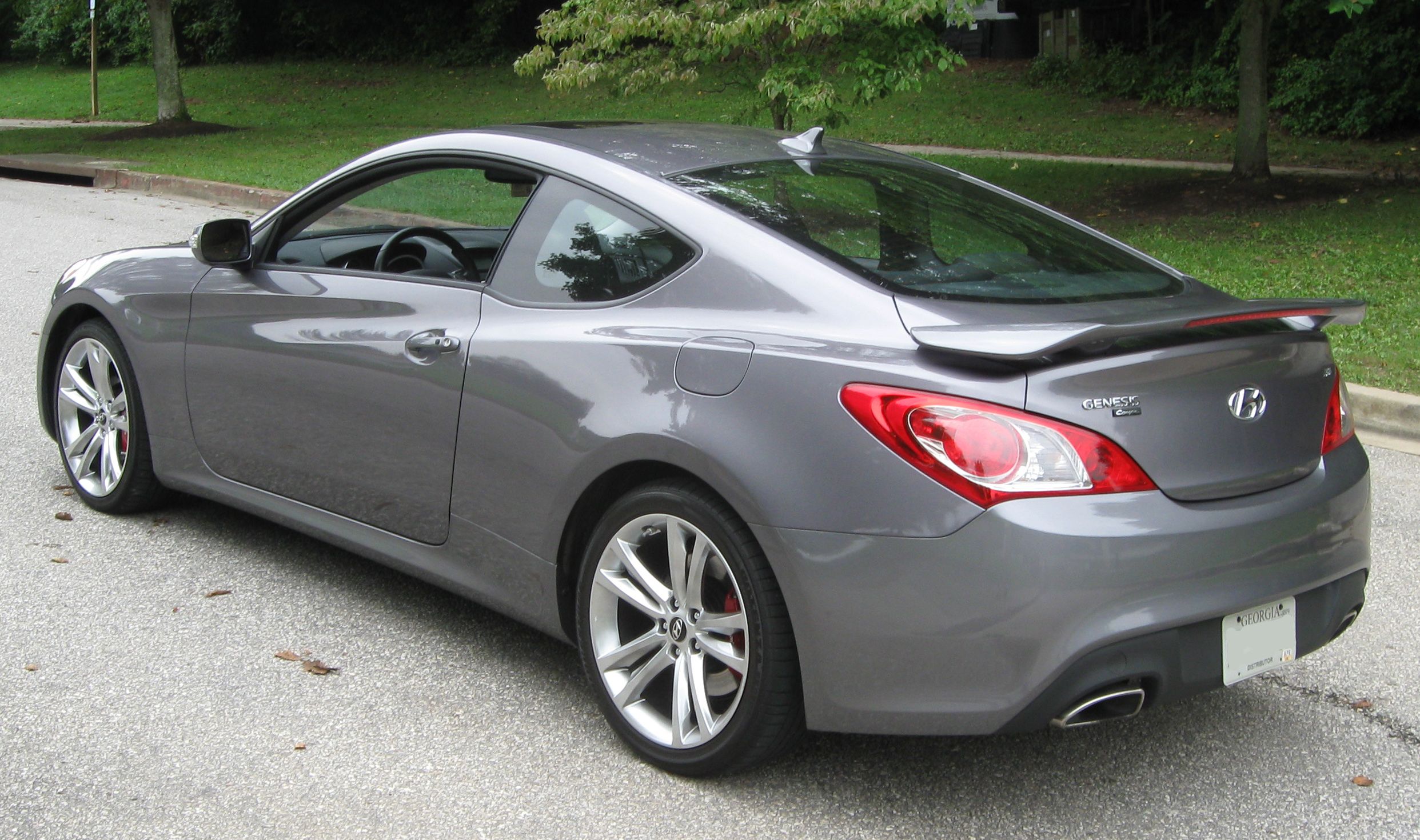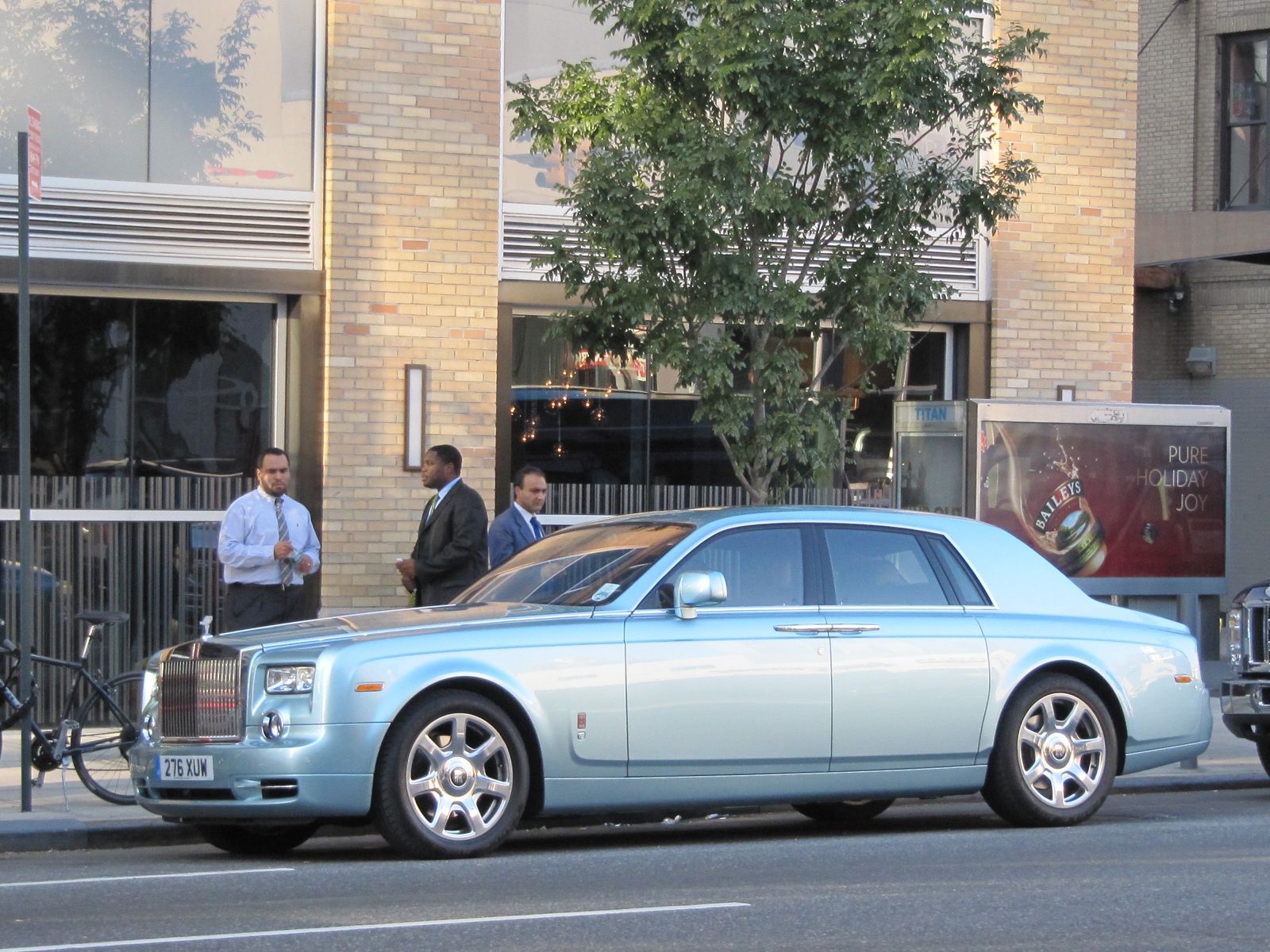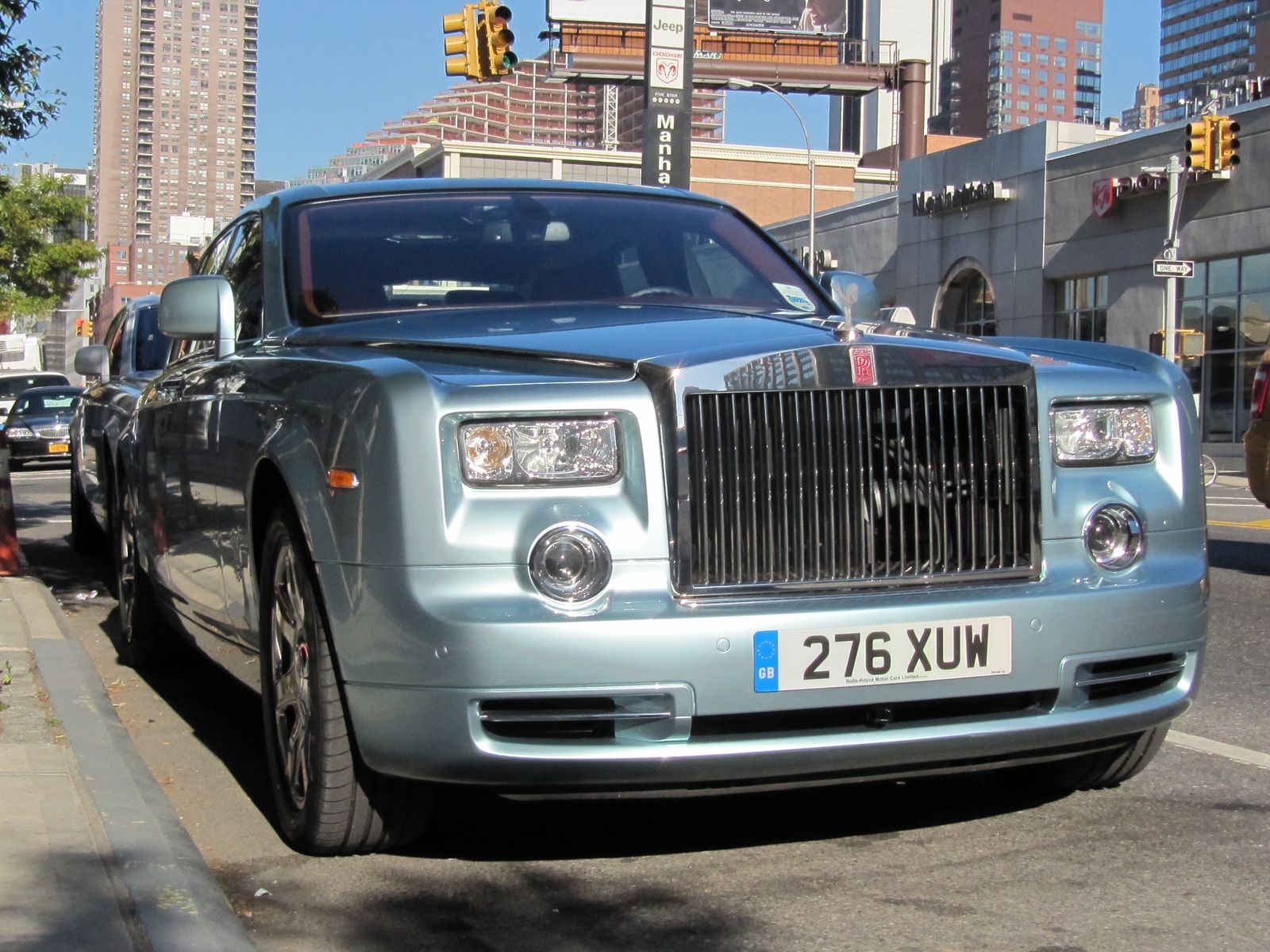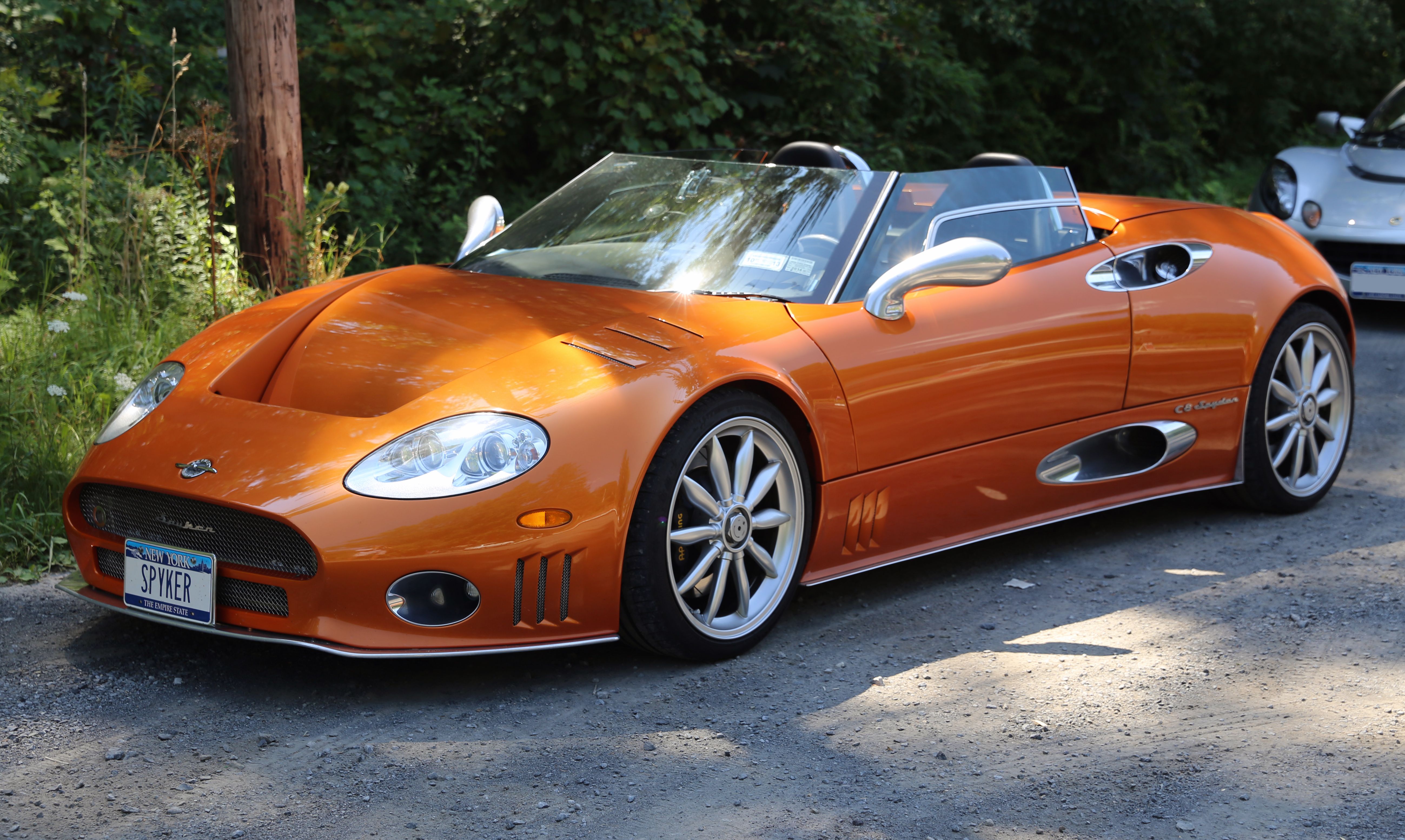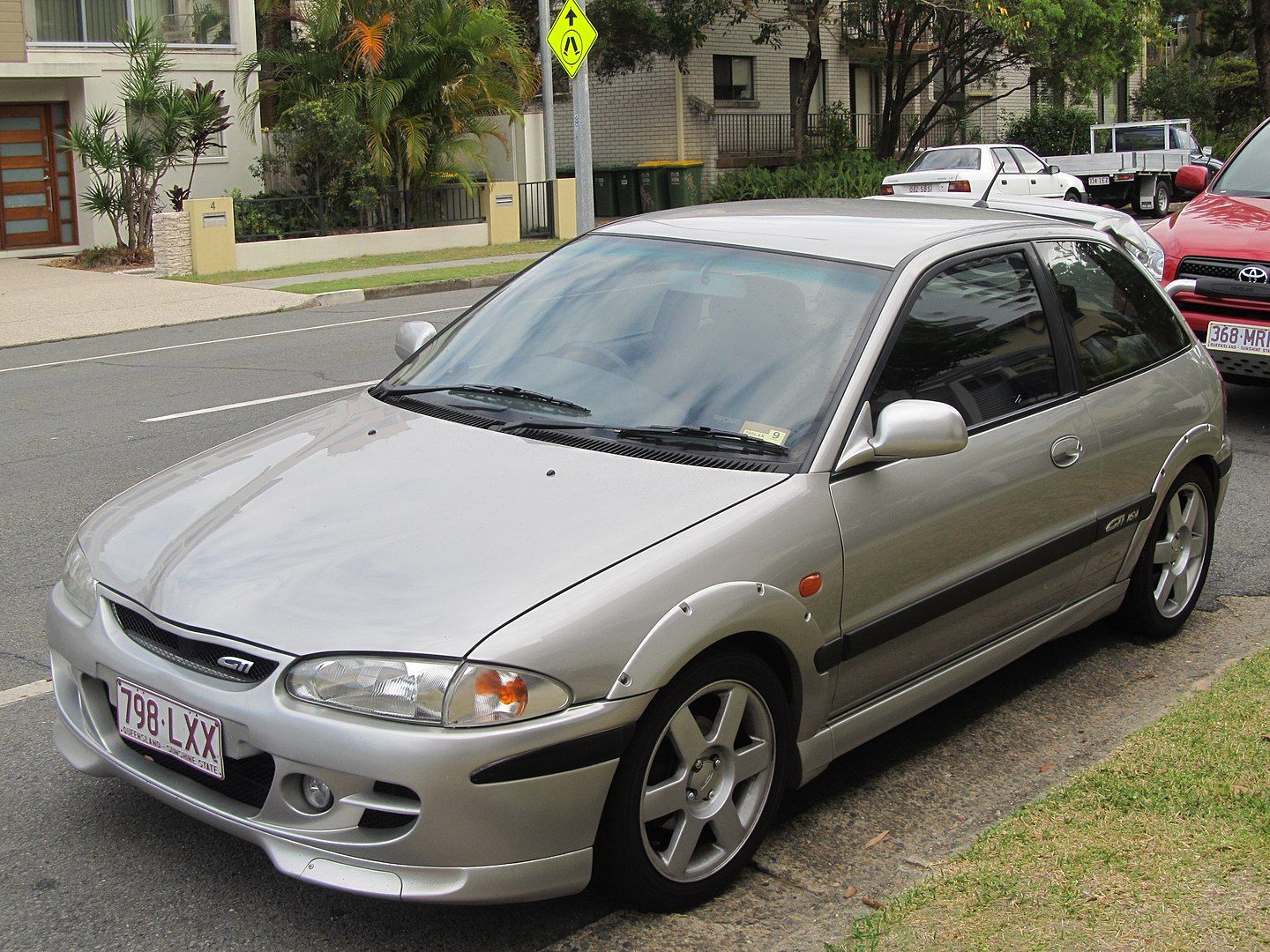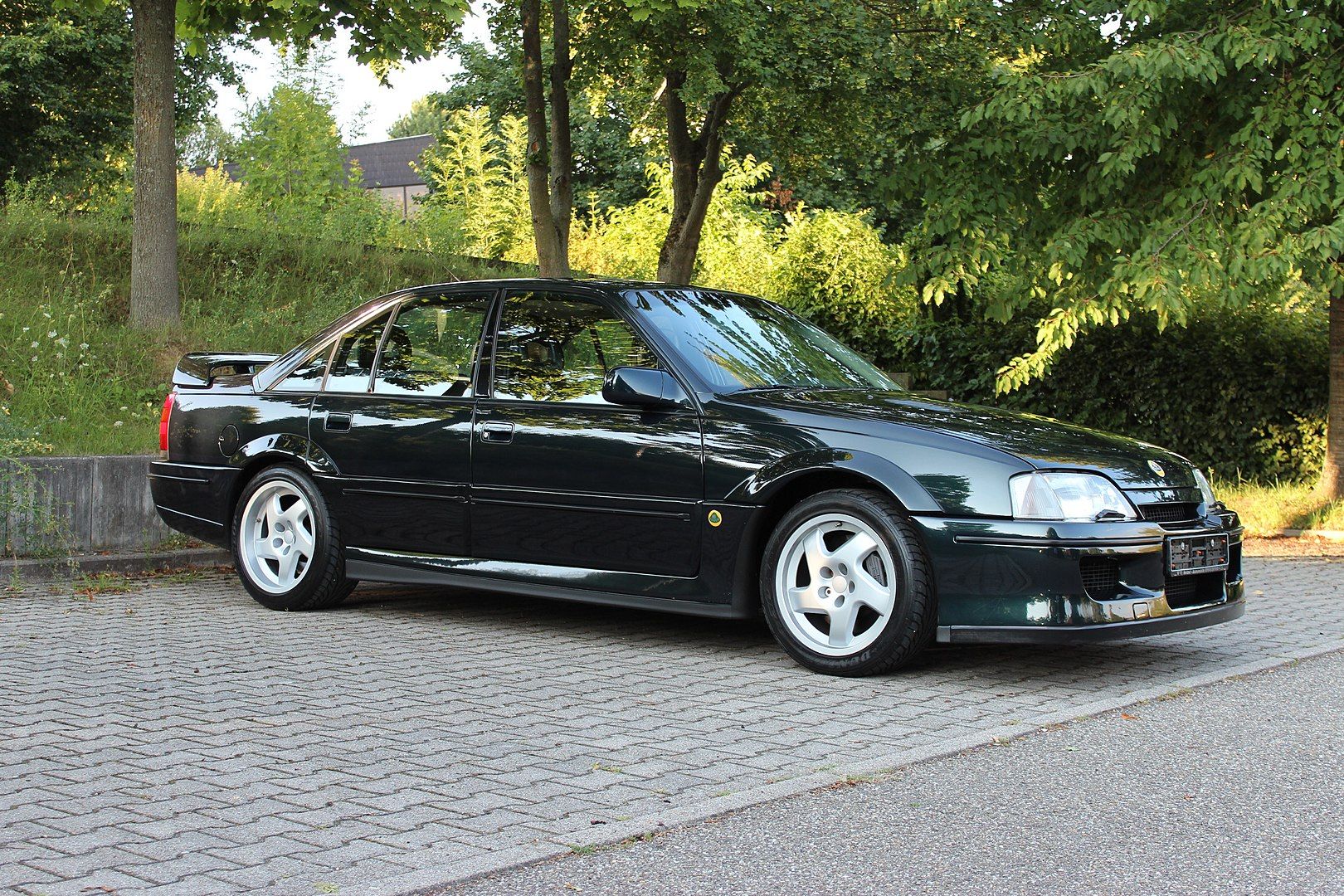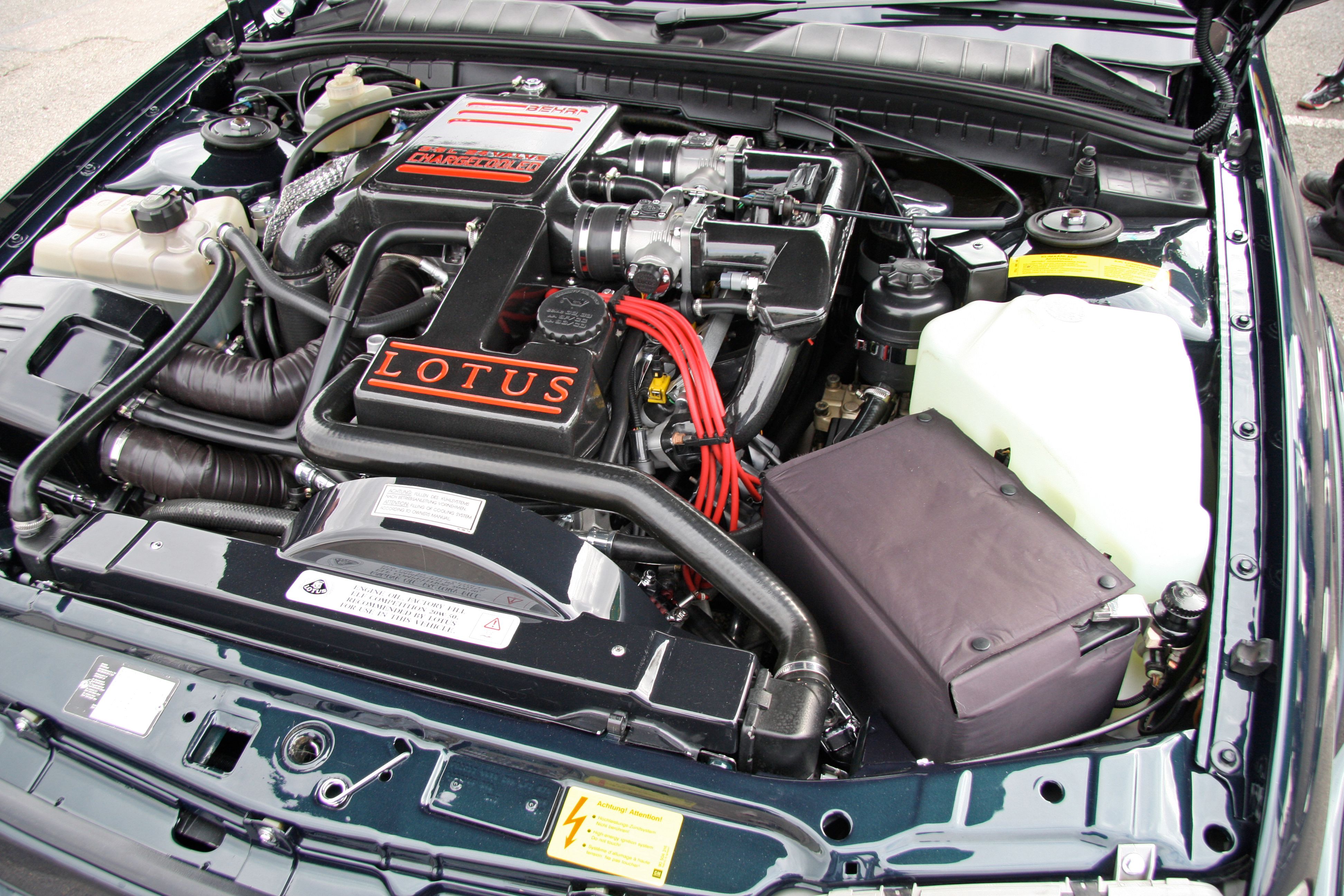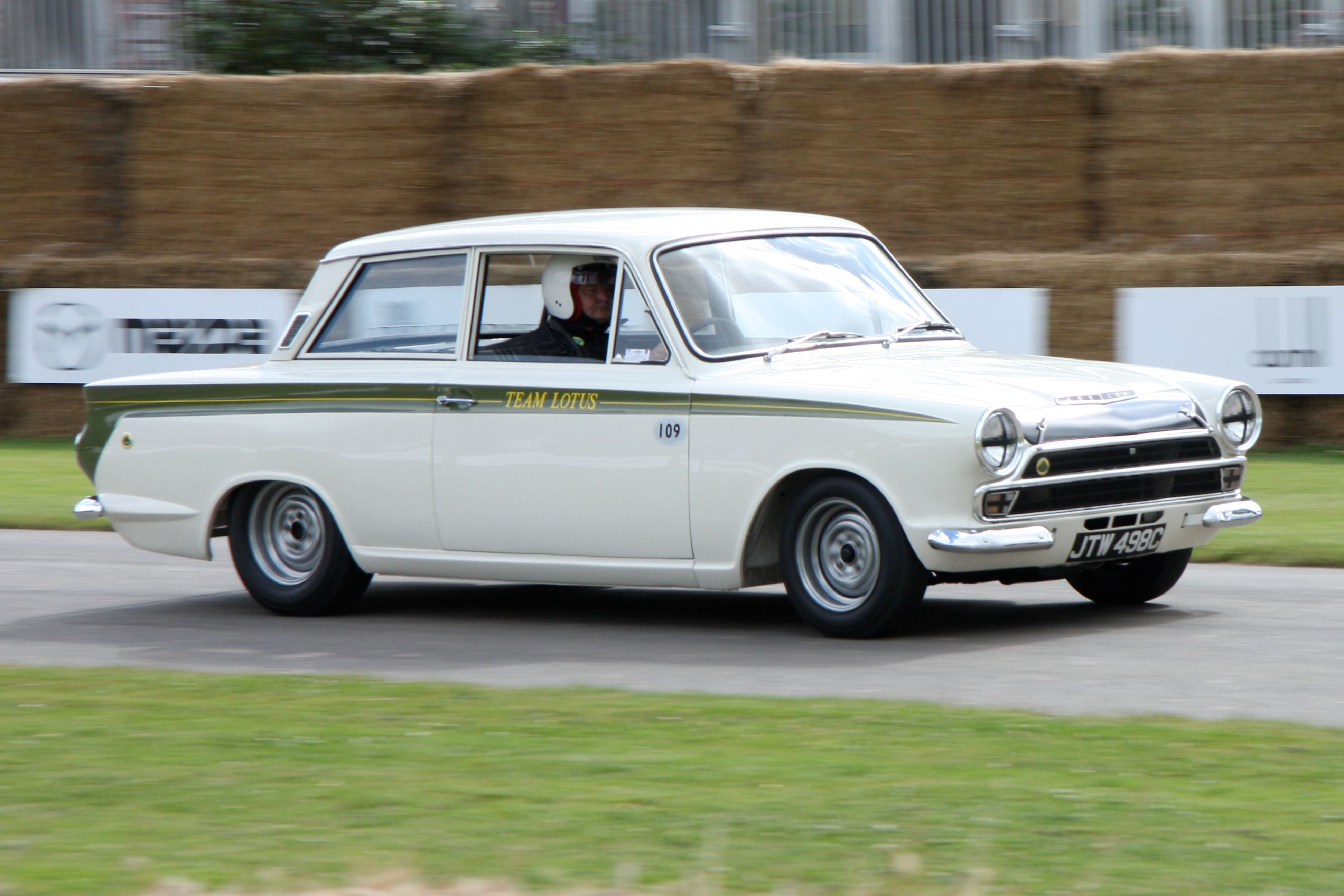Lotus has had a rich history both as a manufacturer and a racing team. The founder Colin Chapman is arguably one of the most brilliant automotive engineers ever. Chapman is the brains behind some of the best and most exciting performance cars in history. And although this brilliant innovation has not always led to sustainably solid financial results, it has always led to the creation of some epic cars.
Through the chapters of Lotus history, the company has had its hand in many key moments of automotive development. Some of those key moments feature the Lotus marque, but far from all of them. That said, here is a selection of some sports cars that most gearheads don’t know were tuned by Lotus.
10 Chevrolet Corvette ZR-1
The legendary ZR-1 is one of the best Corvettes ever made – a car changed the game for Chevrolet with help from Lotus and, in particular, engineer Tony Rudd. When G.M. tasked Lotus – which the auto group owned at the time, Rudd suggested a new all-aluminum V8 quad-cam engine.
General Motors didn’t have the resources to build the new engine, known as the LT5, so they contracted Mercury Marine to build it at its factory. The Lotus Formula 1 division dealt with the new ZR-1’s handling with its gas-over-oil shock absorber FX3 suspension, and set a new bar for the Corvette at the same time.
9 Aston Martin V12 Vanquish
By the nature of confidentiality agreements, it is hard to determine just how much of the Vanquish was the work of Lotus. The 5.9-liter V12 engine was all Aston, but it’s a little-known fact that Lotus engineering had a hand elsewhere in the car.
Lotus was sourced to create the Vanquish platform, which became the first front-engined car ever to employ this method. And although the V-12 Vanquish has had its flaws, it laid the foundation for Aston Martin’s subsequent models, including the DB9, one of the best Aston Martin DB models, which was also developed with “help” from Lotus.
8 Dodge Spirit R/T
Lotus and Chrysler are probably the least closely associated, apart from the Big Three U.S. automakers, but Lotus did have a significant hand in the Spirit R/T of the early 1990s. Lotus helped design the 2.2-liter turbocharged inline-four, which generated 224 horsepower, an impressive figure for its day. The four-cylinder unit “Turbo III” was the first of its kind manufactured by Chrysler Corporation, suspension and brakes also receiving upgrades.
Nevertheless, there’s uncertainty whether Lotus was responsible for the modifications or they were done internally. Whatsoever the case, the Spirit R/T was iconic for its 0-60 mph in just under 6 seconds, pretty impressive in the '90s.
7 Isuzu Piazza
The Piazza was probably Lotus’ most successful rescue. When the automaker first released the car, the Piazza was criticized for its poor handling and lack of grip. Fortunately, at the time, Isuzu and Lotus were both owned by G.M., and someone made a move and turned to Lotus for its tuning skills.
In the UK, the upgraded Piazza got Lotus badges – “Handling by Lotus” to let everyone know it was one of the best cars on the road, while in the US, it was rebranded the Impulse and arrived with new components and setup. Ten years later, Isuzu did Lotus a solid in return by supplying the car manufacturer with its zippy 1.6-liter engine in the Lotus Elan.
6 Hyundai Genesis
Here’s one model that most gearheads weren’t expecting, the Hyundai Genesis. Lotus had significant input in helping Hyundai figure out what North American buyers desired in terms of steering, handling, and road feel. Lotus helped develop the chassis for the Genesis, which turned out to be a surprisingly well-handling car.
“American owners criticized the suspension, steering, and absence of ride dynamics, things like that,” said the CEO of Hyundai Motor America, Dave Zuchowski. “We didn’t bring them “Lotus” because we didn’t know how to do it, but to tell our engineers in engineering language what American customers are looking for.”
5 Rolls-Royce 102EX
The Rolls-Royce brand is synonymous with its value for money. The company has established itself as a brand determined to offer what a lot of money can buy. In 2011, Rolls-Royce embraced its greener side with the 102EX, Phantom Experimental Electric concept car.
The company partnered with Lotus to supply technological support and parts to ensure the electric car was perfect, like all other Rolls models. Lotus provided a powertrain comprised of five cell modules; a 38-cell module, a 36-cell module, and three smaller units of ten, eight, and four modules. It was hard to imagine something so large, with the frontal area of a potting shed, could move so quickly with little drama.
4 Spyker C8 & D8
The Dutch supercar maker Spyker can trace its links with Lotus as far as the early 2000s. It engaged Lotus engineering to develop the Aileron and the D8 4x4. In 2008, the two companies took their relationship to a new level by signing an agreement whereby future Spyker models would build on the much-vaunted “New E-Spirit” powered by the Lotus-Toyota V-10 unit.
However, Dany Bahar canceled it in favor of the “new” new E-Spirit. With time, the Spyker marque tanked but refused to play dead. In January this year, the Dutch automaker said it will attempt to make another comeback.
3 Proton Satria GTI
The Proton Satria GTI, also known as the GTI 180, was something of a sleeper hit when it came out in 1999. However, it has since faded into obscurity – most of its legendary status attributed to the automaker being linked with performance cars.
Nevertheless, the Malaysian automaker has become the latest Lotus custodian. It has made the Norfolk offshoot to transform the humble hatchback into a legitimate rival against the likes of the Ford Puma and the Renault Clio 172. This achievement was due to the naturally-aspirated Mitsubishi-sourced 4G93P 1.8-liter DOHC engine and the tweaked suspension honed by Lotus. According to Evo magazine, after Lotus tuned the Proton Satria GTI, it was surprisingly good to drive.
2 Vauxhall Lotus Carlton
In the early 1990s, the Lotus Carlton was the ultimate performance sedan for every enthusiast. It owned this title after Lotus went nuts on the Carlton engine by stroking out Vauxhall’s straight-six lump to 3.6 liters and bolting on twin turbochargers.
The result was a remarkable monster for its time, with an engine output of 377 horsepower and 366-lb-ft of torque. Lotus also reworked the suspension and used the same six-speed manual gearbox as the ZR-1, but this time with a trick self-leveling system. The Lotus Carlton was by far the best sedan available at the time, capable of outrunning any Ferrari, short of an F40.
1 Ford Lotus Cortina
The Ford Lotus Cortina. Lotus was doing incredible things with renowned automakers before the 1990s. In the 1960s, Lotus founder Collin Chapman wanted to build his own engines and contracted Harry Mundy to make a twin-cam version of the Ford Kent engine.
While the powertrain was in development, Ford asked Chapman if he could install the engine to 1000 Ford saloons aimed at the Group 2 homologation. Lotus also worked on the Cortina, gave its legendary twin-cam for cylinder, aluminum body panels, and upgraded suspension to make it a streetcar that could also race. Only a few were built with other colors, but the most popular ones are painted in white paint and light green stripes.

